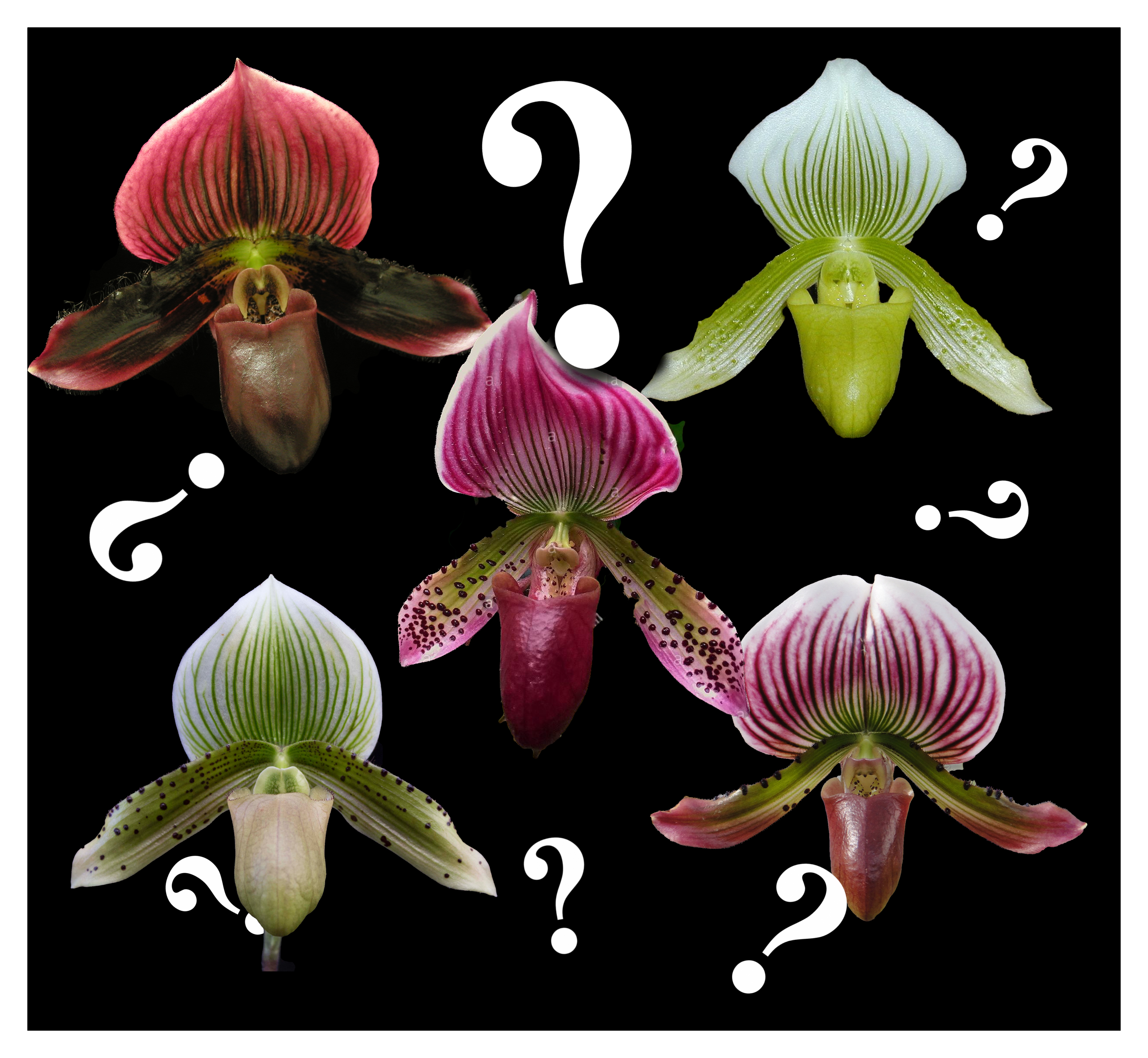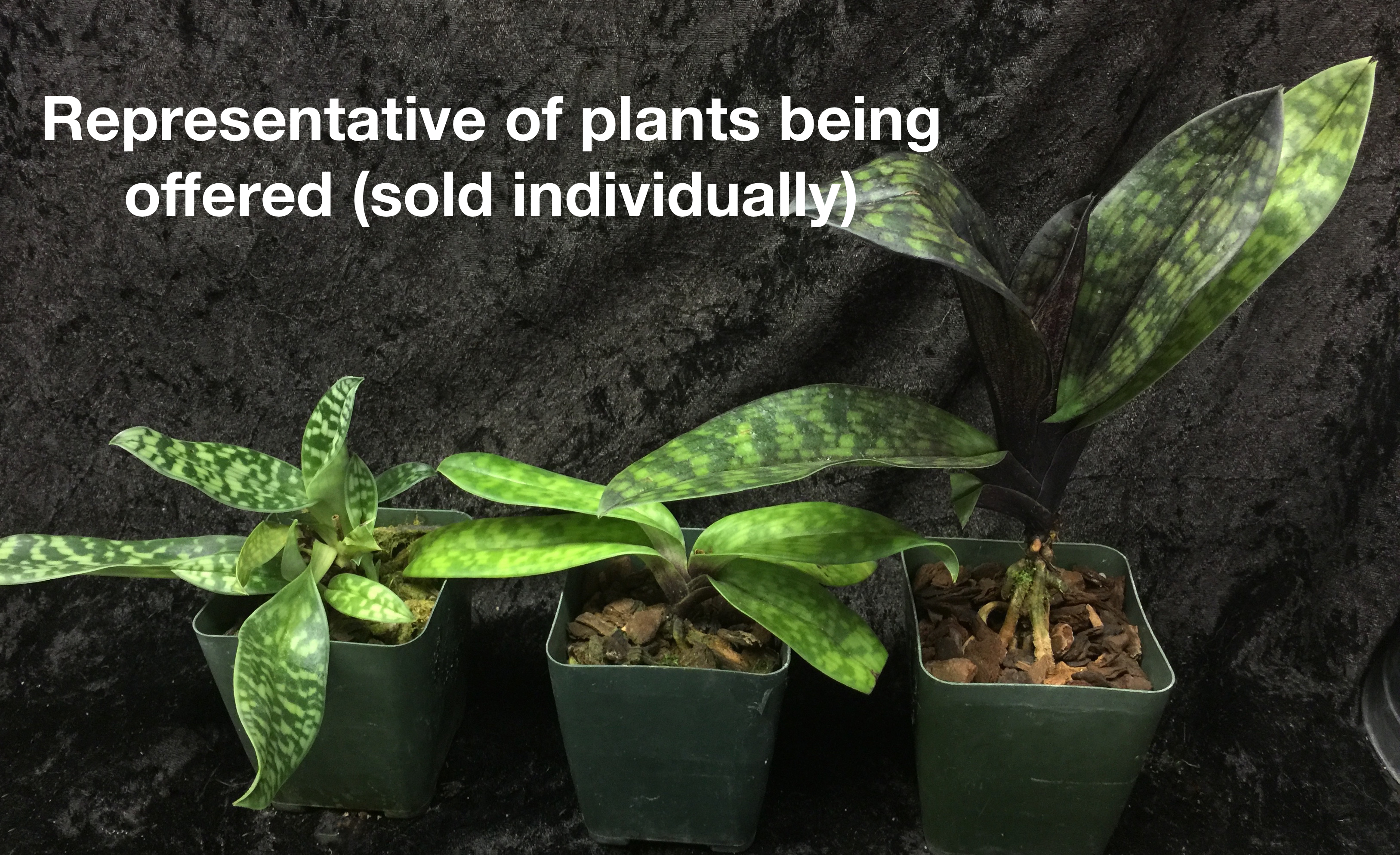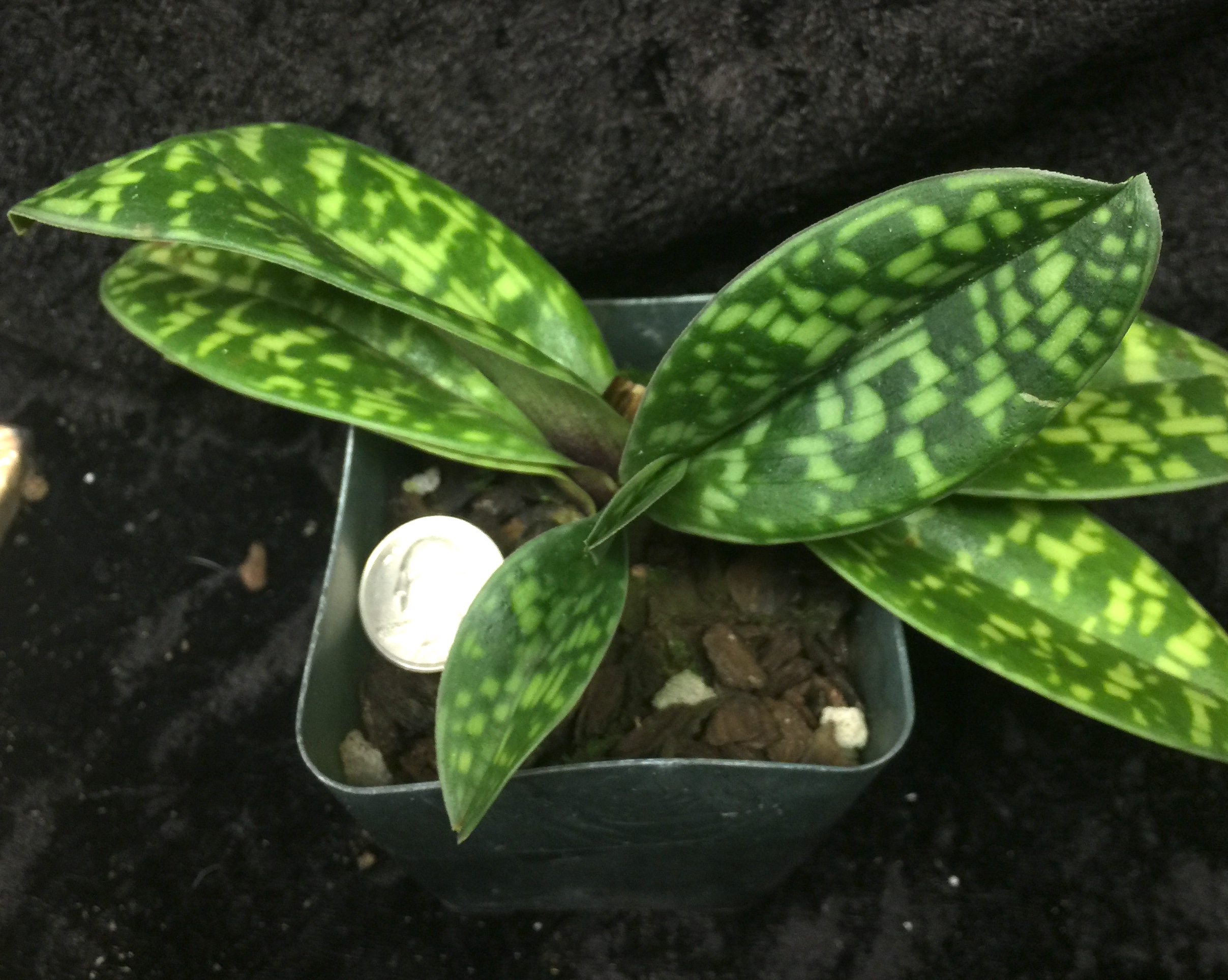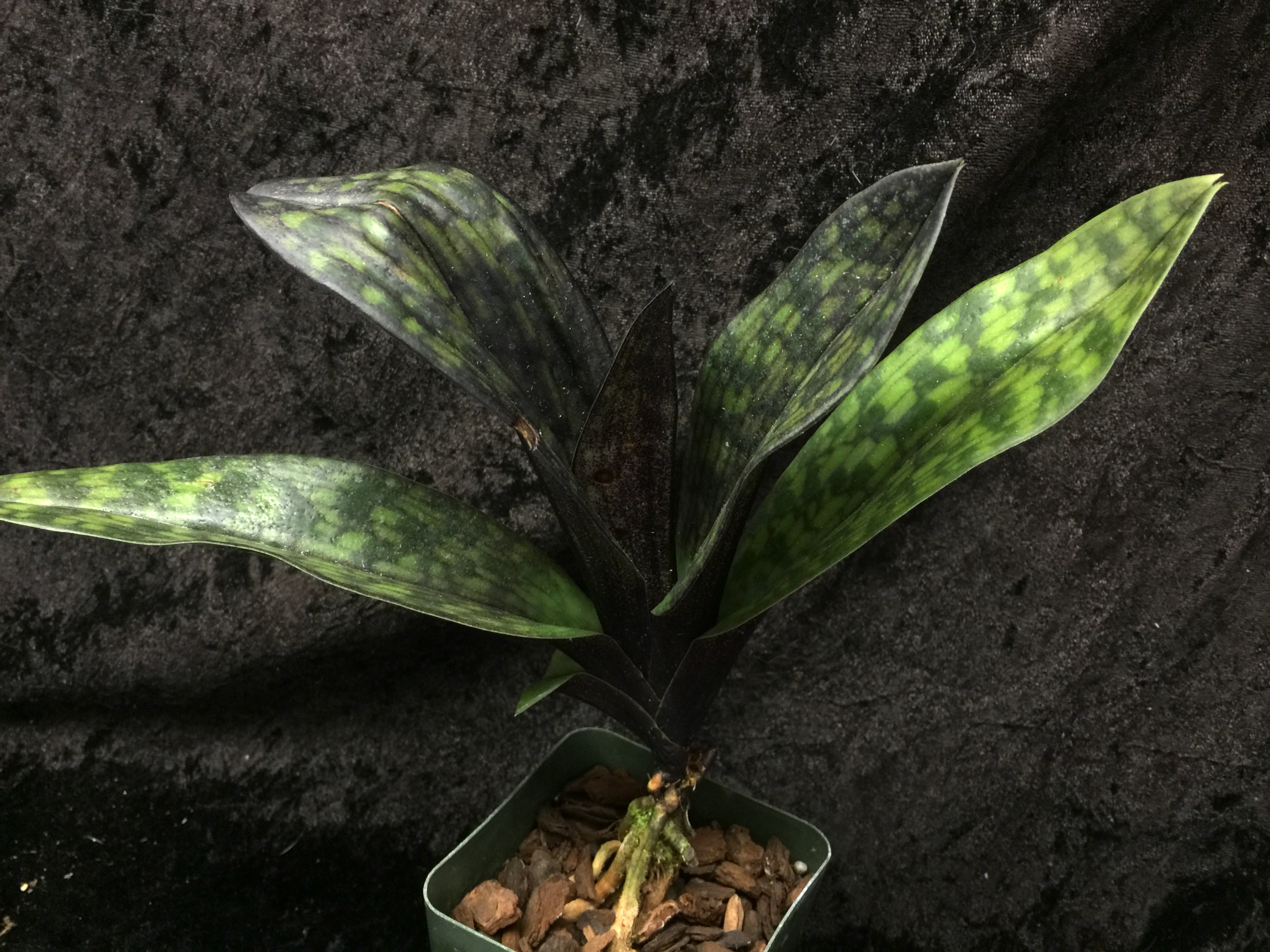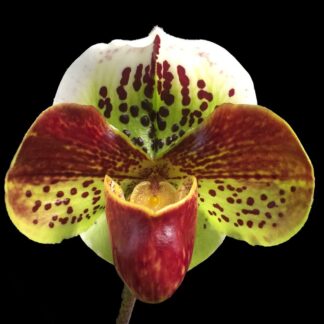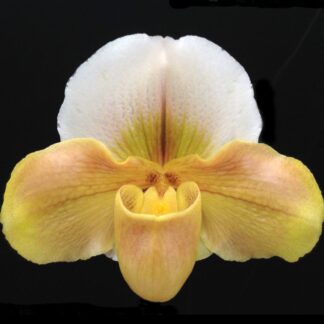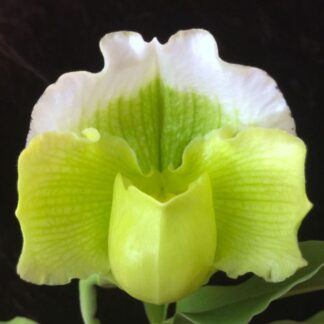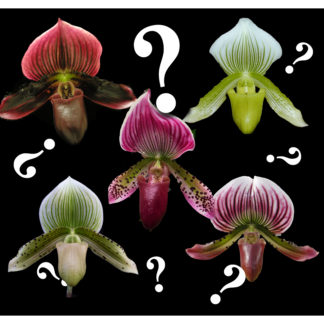Description
A great way to grasp the bewildering array of orchid groupings is to think about dog breeds and their groups. You probably have a good idea of what sporting/hunting dogs look like (mid- to large-, like to retrieve), or the terrier group (small, likes to yap). Now let’s say you wanted to create a brand new breed of dog. How would you go about it? You’d select dogs that have your desired traits and characteristics, and you’d breed them together, selecting the ones that best show the target traits for further breeding. You’d want to limit the number of “founder” individuals so as not to breed away from the traits you’d want, but if you do this breeding and selection enough times, you’ll eventually hone in on a type of dog that breeds true. (People still do this – e.g., labradoodles). This is analogous to what has happened over the centuries of orchid breeding – completely novel groups of orchids may only bear a general resemblance to their natural ancestors (think of a wolf and a chihuahua). And that brings us to the Paphiopedilum Maudiae group.
Maudiae-type Paphs are the result of hybridization within the Barbata Section of Paphiopedilum. The original P. Maudiae was produced by crossing P. lawrenceanum by P. callosum back around 1900. Over the years since, genes from many related species have been brought in, including sukhakulii, acmodontum, wardii, curtisii, mastersianum, and sukhakulii. The great thing about Maudiae types are their intense colors. Over the decades, breeders have created albino (green and white), vinicolor (intensely pigmented), and everything in-between! On top of their lovely form and colors, maudiae-type paphs are among the easiest to grow and bloom. They prefer low light levels, so indoor conditions are just fine. They tend to grow a bit faster than their Paph “complex” hybrid cousins as well, making them the perfect introduction to this fascinating family of orchids.
Please note: plants are NOT in bud/bloom when shipped.
